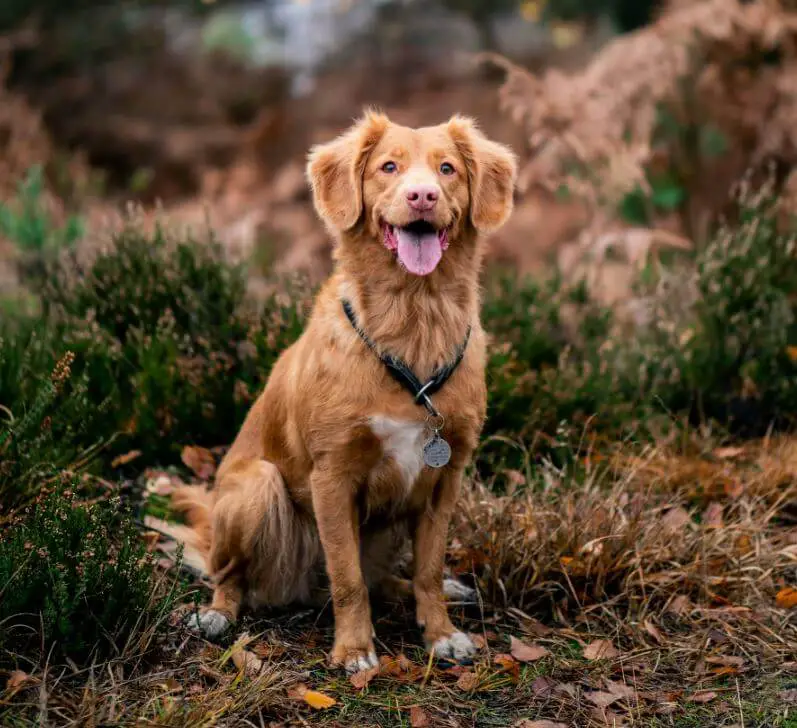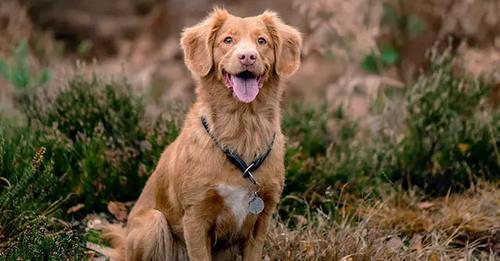Are you puzzled by your dog’s tendency to simply stare at you instead of following your commands? Understanding why your furry friend behaves this way can help improve communication and training effectiveness. Here are some insights into why your dog might be giving you the blank stare, along with tips on how to address it.

Confusion:
Unclear Communication: One reason your dog might stare blankly at you is because of unclear communication. Ensure that you use consistent body language and verbal cues when giving commands. Use a firm tone and stick to a specific command word, such as “sit” or “down,” to avoid confusion.
Unfamiliar Command: Introducing a new command can also lead to confusion. Break down the command into smaller, more manageable steps, and be patient as your dog learns. Reward successful attempts to reinforce the desired behavior.
Mixed Signals: Be mindful of any conflicting signals you may inadvertently send. Ensure that your verbal commands align with your hand gestures and facial expressions to avoid confusing your dog.
Confusion:
Unclear Communication: One reason your dog might stare blankly at you is because of unclear communication. Ensure that you use consistent body language and verbal cues when giving commands. Use a firm tone and stick to a specific command word, such as “sit” or “down,” to avoid confusion.
Unfamiliar Command: Introducing a new command can also lead to confusion. Break down the command into smaller, more manageable steps, and be patient as your dog learns. Reward successful attempts to reinforce the desired behavior.
Mixed Signals: Be mindful of any conflicting signals you may inadvertently send. Ensure that your verbal commands align with your hand gestures and facial expressions to avoid confusing your dog.
Confusion:
Unclear Communication: One reason your dog might stare blankly at you is because of unclear communication. Ensure that you use consistent body language and verbal cues when giving commands. Use a firm tone and stick to a specific command word, such as “sit” or “down,” to avoid confusion.
Unfamiliar Command: Introducing a new command can also lead to confusion. Break down the command into smaller, more manageable steps, and be patient as your dog learns. Reward successful attempts to reinforce the desired behavior.
Mixed Signals: Be mindful of any conflicting signals you may inadvertently send. Ensure that your verbal commands align with your hand gestures and facial expressions to avoid confusing your dog.
Additional Considerations:
Age and Breed: Keep in mind that puppies and certain breeds may require more time to grasp new commands. Tailor your training approach to suit your dog’s age, breed, and individual learning style.
Underlying Medical Issues: If your dog’s staring behavior is accompanied by other unusual symptoms, such as changes in appetite or energy levels, consider consulting a veterinarian. Vision or hearing problems could hinder your dog’s ability to understand commands.
By understanding the reasons behind your dog’s stare and implementing clear communication, positive reinforcement techniques, and consistent training, you can foster effective communication and strengthen the bond between you and your furry companion.


